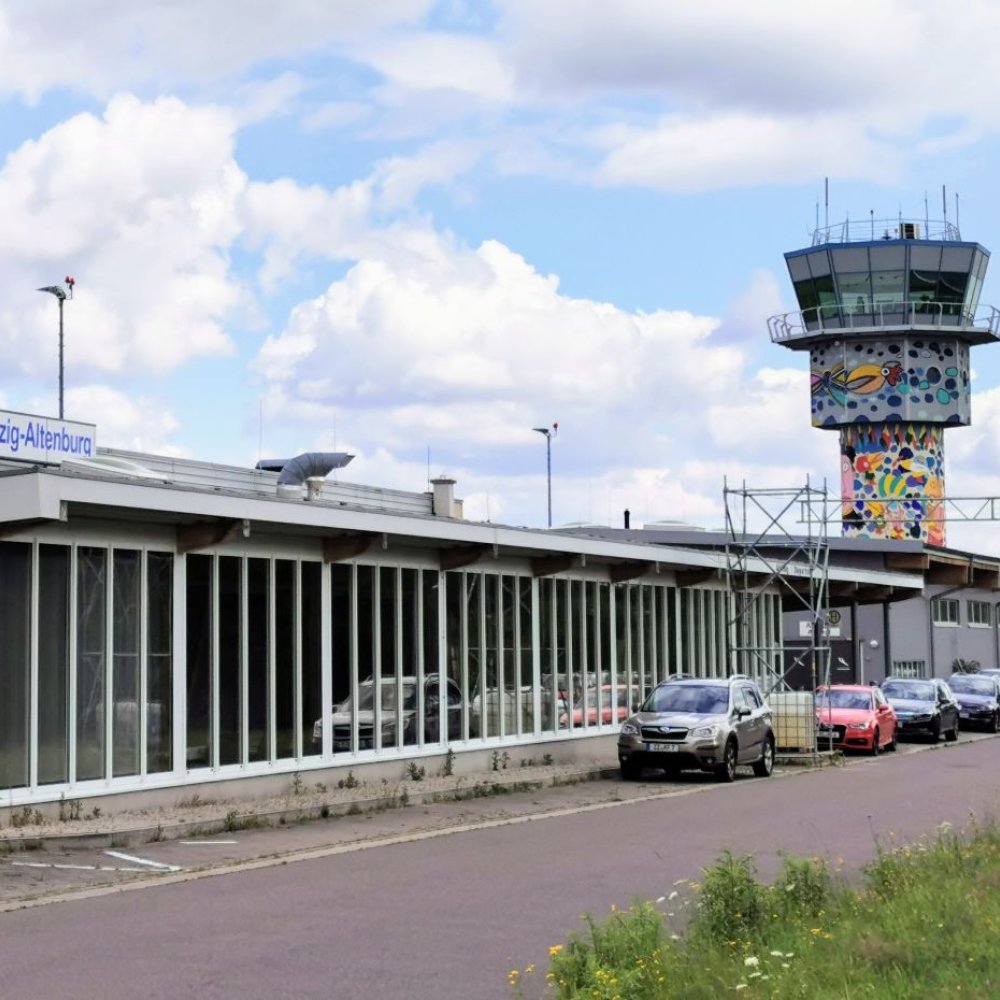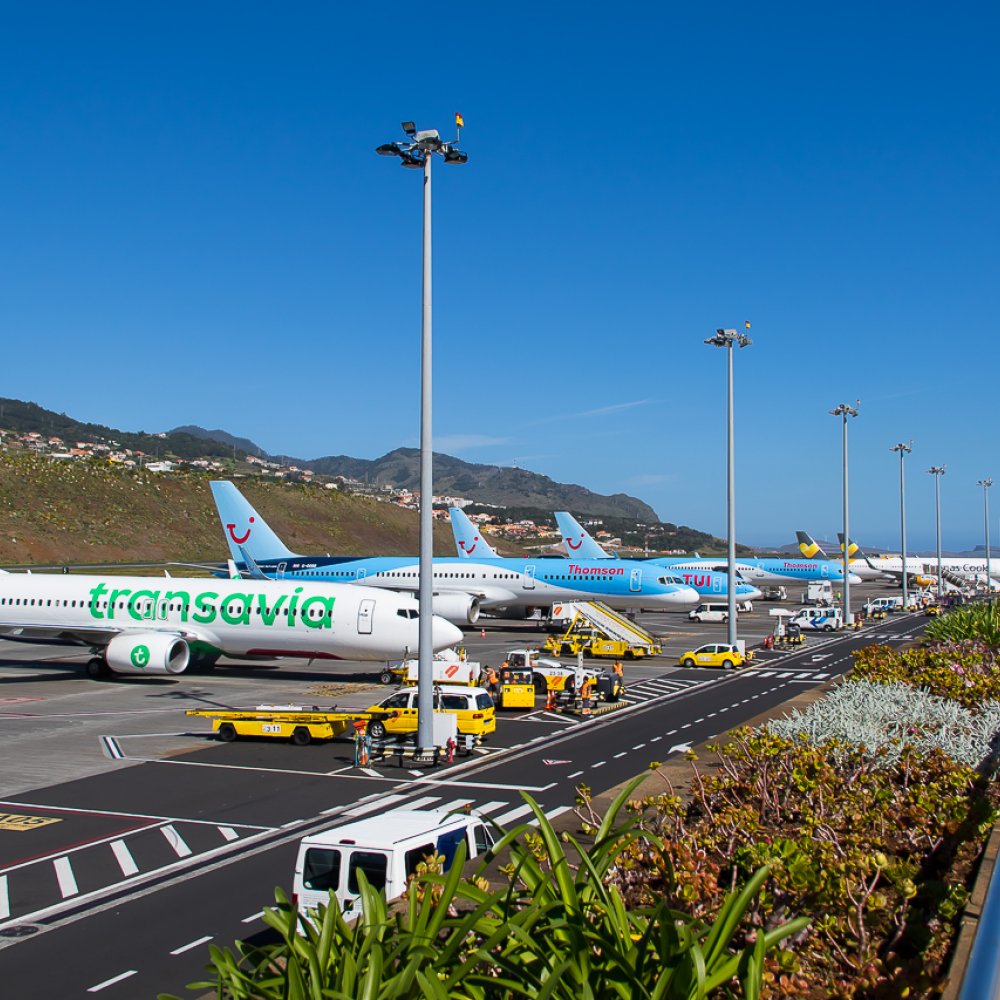Imagine this: You're in the vibrant heart of Barcelona, the city’s famed boulevards humming with life, while your flight window starts ticking down. The clock is unforgiving, crowds are thickening, and the question looms large - how to get to Barcelona El Prat Airport, ES without a hitch? The excitement of the trip ahead mingles with the pulse of city sounds - the clinking of café cups, the distant rumble of trams, and the chatter of fellow travellers. Planning your airport transfer becomes more than logistics; it is your key to a stress-free start or finish of your journey. With numerous options swirling - taxis weaving through Passeig de Gràcia, sleek trains sprinting bound for the terminals, buses weaving between city streets - you might feel overwhelmed. When I last landed at Barcelona El Prat Airport, ES, the early morning buzz was palpable, and choosing the right transfer felt like solving a moving puzzle under pressure. But fear not. This guide will help you confidently navigate your way, balancing speed, cost, and comfort. Pull up a chair and let’s map out how to get to Barcelona El Prat Airport, ES with smart, savvy choices that fit your travel style.

Why Plan Your Airport Transfer?
Planning how to get to Barcelona El Prat Airport, ES pays dividends in peace of mind and often in your wallet. Barcelona’s sprawling layout means your airport journey can vary widely - from a quick hop on the train to a leisurely bus ride or a private taxi sprint. Without a clear plan, you risk encountering travel delays, unexpected costs or stressful last-minute scrambles. The city’s metro, bus, and taxi networks blend into a busy, vibrant transport ecosystem but peak traffic hours, public holiday surges, and ongoing city events impact travel times dramatically.
Moreover, the airport itself has two main terminals - Terminal 1 and Terminal 2 - separated by roughly 4 km, so knowing your departure point before you set out is essential. Whether you’re pushing a suitcase early in the morning or arriving in the dead of night, advance planning protects against surprise surcharges or mistimed connections. During my last visit, a sudden metro strike forced a quick switch to a rideshare from the city centre to Barcelona El Prat Airport, ES - a reminder that flexibility in your transfer options can save your trip.
Well-planned transfers also help you optimise your time in a bustling city: you get to enjoy a final coffee, snap a few last photos or dive into your reading without the stress of rushed taxi hunts or confusing public transport. Plus, understanding your options means you can adapt for accessibility needs or heavy luggage, ensuring your transfer is as comfortable as possible.
Price & Time Grid: Your Options at a Glance
| Transport Mode | Single Fare (EUR) | Return Fare (EUR) | Journey Time | First/Last Service | Night Surcharge |
|---|---|---|---|---|---|
| Taxi | 30–35 | N/A | 25–35 mins | 24/7 | Yes (20% approx.) |
| Rideshare | 25–30 | N/A | 25–35 mins | 24/7 | Variable |
| Rail (Rodalies & Metro) | 5.15 | 10.30 | 25–35 mins | 5:30–23:40 | No |
| Express Bus (Aerobús) | 5.90 | 10.20 | 35 mins (peak less reliable) | 5:35–1:00 | No |
| Local Bus (Line 46) | 2.40 | 4.80 | 45–60 mins | 5:00–23:00 | No |
The choices to get to Barcelona El Prat Airport, ES span a spectrum from budget to convenience. Taxi rides and rideshares offer door-to-door speed and comfort but come at premium rates, especially with night surcharges. Public transport options, including the well-connected Barcelona El Prat Airport, ES train and the Aerobús express service, provide reliable and economic alternatives, with faster journey times during off-peak hours. The local bus is cheapest but slower and less recommended when time is tight. Your selection should balance cost sensitivity, luggage, timing and traffic conditions.
Step-by-Step Guide for Each Mode
Taxi
- Locate an official taxi rank in central Barcelona - Plaça Catalunya and Passeig de Gràcia are popular spots.
- Confirm your destination as "Barcelona El Prat Airport, Terminal 1 or Terminal 2" before boarding.
- Ensure the taxi meter is running to avoid fixed-price scams.
- Pay by card or cash; carry smaller bills to make change easier.
- Ask the driver to drop you off at the correct terminal; signage will help if unsure.
Rideshare
- Use your preferred app (Uber, Cabify) selecting pickup in the city centre.
- Input your arrival terminal at Barcelona El Prat Airport, ES correctly.
- Meet your driver at the exact pickup point indicated, checking car details.
- Confirm the fare estimate and expected route.
- Enjoy a direct ride, with the option to share or schedule rides in advance.
Rail
- Head to Barcelona Sants or Passeig de Gràcia stations for Rodalies trains going to the airport.
- Buy a single or return ticket (approx. €5.15 one-way) from ticket machines or online.
- Board the R2 Nord line - trains run approx. every 30 mins.
- Disembark at either the Terminal 2 or Terminal 1 stop (check your flight’s terminal).
- Follow clearly marked airport walkways or free shuttles connecting terminals.
Bus
- For speed, catch the Aerobús Express from Plaça Catalunya - runs every 5–10 mins.
- Buy tickets online or from the driver (cash or card accepted).
- Board the bus - luggage racks available for bags.
- Confirm drop-off at Terminal 1 or Terminal 2.
- Enjoy wireless Wi-Fi on board as you approach the airport.
Returning a Rental Car
- Refuel the rental car to the level agreed in your contract to avoid penalties.
- Follow clear airport signage for rental car returns, located near Terminal 1.
- Park and hand over the keys and paperwork to the rental company staff or use the after-hours drop-box.
- Keep copies of all return receipts and agreement documents.
- Use the shuttle service provided by the rental company to reach the Departures terminal.
- Check your invoicing after the trip for accuracy; most companies, such as Hertz, Avis and Europcar, are staffed continuously.
- If returning at night, confirm shuttle operating hours as some early morning returns require prior notice.
Money-Saving Hacks
- Book your taxi or rideshare rides in advance to lock in prices and avoid surge fees.
- Purchase combined metro and train tickets online for discount fares.
- Consider the Aerobús express for a balance between cost and speed.
- Check for local transport cards offering multi-day travel discounts if you’re staying longer.
- Use off-peak travel times to avoid expensive taxi surcharges and crowded public transport.
Peak-Hour vs Off-Peak Travel Times
Barcelona’s morning (7:30–9:30) and evening (17:00–19:30) rush hours can inflate taxi and rideshare journey times by up to 50% due to heavy traffic congestion around key arteries like Gran Via and Diagonal Avenue. Planning your airport transfer outside these windows not only saves money but also reduces stress. Public transport services like the Barcelona El Prat Airport, ES train and Aerobús express generally maintain their schedules in peak times, but overcrowding can affect comfort and luggage space.
Off-peak travel offers a more relaxing commute, with free-flowing roads for taxis and an easier chance to grab a seat on the buses and trains. Night travellers should be aware of night surcharges on taxis and variable availability of public transport after midnight but can benefit from quieter roads.

Accessibility & Luggage Factors
When planning how to get to Barcelona El Prat Airport, ES with heavy luggage or accessibility needs, your mode choice becomes crucial. Taxis and rideshares offer door-to-door service with helpful drivers who can assist with bulky suitcases, wheelchairs or strollers. Barcelona’s train stations feature lifts and ramps, but some older metro stations lack full accessibility, so check in advance. The Aerobús and local buses are equipped with low floors and designated spaces for passengers with mobility aids; however, crowded peak hours may limit space.
If you’re travelling with oversized or multiple suitcases, taxis and rideshares often prove more convenient despite the higher cost. For those with reduced mobility, pre-booking transport services that assist with boarding can reduce anxiety and delays at busy stations or stops.
Carbon-Smart Alternatives
A growing number of travellers seek greener ways on how to get to Barcelona El Prat Airport, ES. Shared shuttle services reduce individual carbon footprints by pooling travellers heading in the same direction. Bike-and-ride options are increasingly popular for locals and tourists alike, with secure parking at the airport and easy access to bike lanes across the city. For drivers, park-and-ride facilities positioned near metro stations on the city’s outskirts offer eco-friendly blends of car and public transit.
Additionally, many public transport options run on electric or hybrid vehicles, further lowering emissions. Deliberate choices towards carbon-smart transport not only support sustainability but often mean quieter, smoother journeys - perfect for pre-flight calm.
Sample 08:00 Flight Timeline
- T-12 hours (20:00 previous day): Check flight status and arrange how to get to Barcelona El Prat Airport, ES, factoring in your preferred transport’s schedule.
- T-4 hours (04:00): Pack essentials and confirm taxi/rideshare or public transport tickets; sleep early to avoid morning rush stress.
- T-2 hours (06:00): Depart central Barcelona by your chosen mode; allow extra time if travelling by road during peak.
- T-0: Arrive at Barcelona El Prat Airport, ES early for security and check-in–relaxed and ready for boarding.
Hidden Pitfalls & Local Quirks
When you’re figuring out how to get to Barcelona El Prat Airport, ES, remember that local quirks can trip up even seasoned travellers.
- Strike Days: Public transport strikes are occasionally called with short notice; always check ahead to avoid last-minute surprises.
- Cash-Only Buses: Some local buses may not accept cards; carrying some small change can save hassle.
- Motorway Tolls: Taxis may take routes involving tolls, reflected in your fare; rideshare drivers generally seek toll-free alternatives but confirm.
Eight Mistakes Travellers Make
- Trying to catch a taxi without booking during peak times, leading to long waits or inflated fares.
- Failing to confirm which terminal your flight departs from, resulting in wrong drop-off points.
- Assuming all public transport options run 24/7, potentially missing connections late at night.
- Neglecting to check accessibility services when travelling with mobility aids or large luggage.
- Ignoring night surcharges on taxis and rideshares, leading to unexpected bills.
- Overlooking shared shuttle or green transport options that save both cost and carbon footprint.
- Not factoring in local holidays and strike days affecting transport availability.
- Relying solely on cash without small denominations when using buses or local taxis.
Frequently Asked Questions
What is the fastest way to get to Barcelona El Prat Airport, ES from the city centre?
The fastest options are usually taxis or rideshare vehicles, taking roughly 25–35 minutes depending on traffic. The Barcelona El Prat Airport, ES train is reliable but takes a bit longer due to stops.
Is there a direct train from central Barcelona to the airport?
Yes, the Rodalies R2 Nord line runs directly from stations like Barcelona Sants and Passeig de Gràcia to Terminal 2, with shuttle connections to Terminal 1.
Are night-time transports available to Barcelona El Prat Airport, ES?
Taxis and rideshare services operate 24/7 but may have surcharges at night. Public transport options have limited night service; check schedules for Aerobús and trains accordingly.
How do I return a rental car at Barcelona El Prat Airport, ES efficiently?
Refuel before return, follow rental car return signs, hand over paperwork or use drop-boxes after hours, and then take the shuttle to departures for a seamless process.
Call to Action
Now that you have the complete rundown on how to get to Barcelona El Prat Airport, ES, why not share your own tips or questions below? Subscribe to our travel guides for insider advice on your next journey - turn every airport transfer into a smooth chapter of your adventure.





